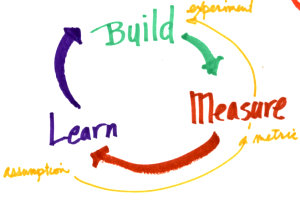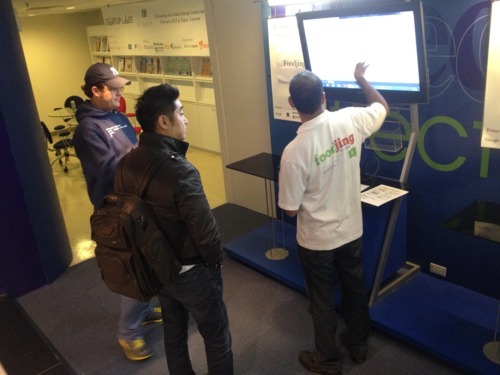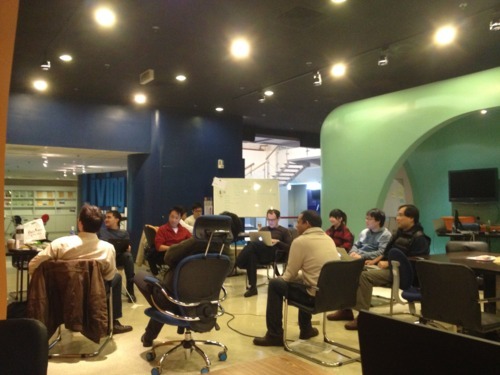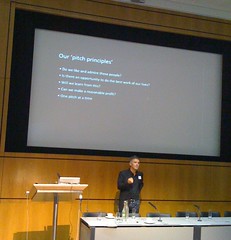Many articles have been written about why so many startups failed. Inevitably it comes down to any of the following reasons:
- Not having the right product
- Not being able to market the product successfully
- Running out of money
So as a startup, what can you do to overcome these issues or at least set yourself up for the maximum potential success?
1. Focus on the MVP
Don’t worry about how you will market the product, how much you will charge for it or any of those details at this point. Just focus on the minimal viable product (MVP) that people would enjoy using (and potentially pay for). The idea should be to get this into the hands of users as quickly as possible. Leave the fancy and frill features for later on, once you have validated your product. This way you will know if you’re on the right track, without having wasted time and money by going in the wrong direction.
2. Find Early Users
Find people around you who match the audience you are planning to target. If members of your friends and family match this description, get them involved testing early versions of your product and (more importantly) get feedback from them. Is this a product they would use? Ideally, try to find people who have the very problem that your product is trying to fix.
There are other sites you can use to get beta testers to give you feedback, so use those if required.
After the initial testing, if they continue to use the product, that is a good sign that you may be on to something. If they stop using the product even after your constant prodding then assume that either they don’t match your target demographic or that your product still needs some polishing before it is ready for mass release.
3. Keep Iterating
If you find that users are not returning to your product, find out why. Many times people who are close to you may lie to you for your own benefit, in order to give you support and not discourage you. So ask questions like:
- What would you change about this product?
- Are there any features you would like to see added?
Use the feedback given to improve the product and release new versions that incorporate that feedback. If the users helping out really have the problem that you’re trying to solve, then it’s in their interest for your product to succeed so that their problem can be solved. They should be more than happy to test new versions and give you genuine feedback on whether the product has improved or not. I have used this approach for many of my products.
4. Market when Ready
One mistake I’ve seen a lot of startups make is to start marketing a half baked product. The few users they do have rarely use their product, so they assume that their problem is not having enough users. In fact, the problem is that their product isn’t good enough!
On the other hand, if you do have a product that users are happy with, then now is the time to start marketing it. One way to know if you’re at this stage is if you can get testimonials or positive reviews from users with ease. After all, if they are happy with the product, then chances are good that there will be others out there who would also benefit from this product.
By using this approach, you can ensure that you’re spending money where needed. It’s very easy for startups to run out of money by spending money developing unnecessary features early on, or by trying to market half baked products. Instead if that money was spent on building the core product with a loyal base, before beginning to market it, then their chances of success would be much higher!






 As part of the incubation process, mentors, investors and other visitors were constantly pouring through the building to see what we were up to. Each time, I would present our idea and the progress we were making. This was a great way to get feedback and reactions from a broad group of people. Some of their ideas were added to our own to improve the concept.
As part of the incubation process, mentors, investors and other visitors were constantly pouring through the building to see what we were up to. Each time, I would present our idea and the progress we were making. This was a great way to get feedback and reactions from a broad group of people. Some of their ideas were added to our own to improve the concept. In addition to getting to know our own teammates, being housed in the coworkspace with four other teams helped us get to know others who were in the same position as we were in. While each team had their own challenges, it was very helpful to have members of other teams present to bounce ideas off of, celebrate in their achievements and provide encouragement and support where possible. It was also helpful to listen to advice being given to other teams and look for areas where that same advice could be relevant to us as well.
In addition to getting to know our own teammates, being housed in the coworkspace with four other teams helped us get to know others who were in the same position as we were in. While each team had their own challenges, it was very helpful to have members of other teams present to bounce ideas off of, celebrate in their achievements and provide encouragement and support where possible. It was also helpful to listen to advice being given to other teams and look for areas where that same advice could be relevant to us as well.









